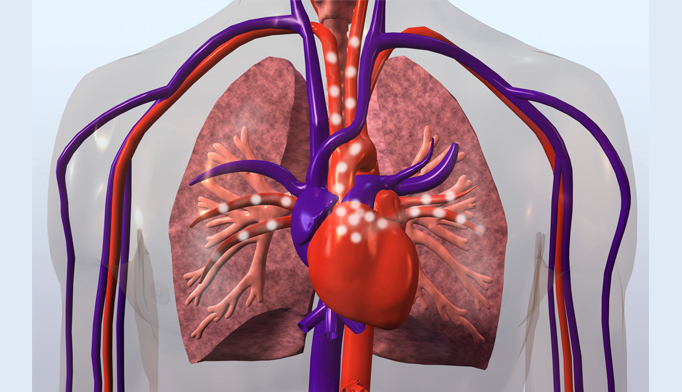The newly formed American College of Cardiology (ACC) Population Health Policy and Health Promotion Committee will focus on an agenda of primary prevention, the ACC revealed at the first-ever population health policy retreat at the college’s Heart House headquarters in Washington, DC, in July.
Throughout the last few decades, technological and educational advances have resulted in significant reductions in cardiovascular disease-related mortality in the United States.
Although physicians and cardiovascular professionals have singularly focused on secondary prevention, it has been predicted that the worldwide burden of cardiovascular disease will increase 57% by 2020.
Committee and ACC members, external stakeholders, and experts from government agencies, universities, and medical specialty societies met to discuss primary prevention, health equity, social determinants of health, the changing health care landscape, and the role of primary care professionals in advancing cardiovascular health.
“If we are to successfully contribute to alleviating the cardiovascular disease burden, we must work with our partners to address critical risk factors and design and support policies that generate the greatest health benefit by improving cardiovascular health outcomes,” wrote Kim Allan Williams Sr., MD, FACC, ACC president, and Gerard R. Martin, MD, FACC, chair of the ACC Population Health Committee.
Valentin Fuster, MD, PhD, MACC, editor in chief of the Journal of the American College of Cardiology, noted in his keynote address that the biggest potential effects in prevention can come from efforts aimed at children. “Cardiovascular disease,” he said, “is primarily a behavioral issue, and habits related to diet, physical activity, and smoking are established early.”
In a work session following the retreat, the Population Health Committee deliberated on the knowledge exchanged during the retreat and developed key recommendations that will be expanded in the coming months. These recommendations will be presented later this year to the College’s Board of Trustees, as a more formalized population health agenda.
The ACC acknowledged that successful alleviation of the cardiovascular disease burden requires collaboration between the ACC and its partners—including working in tandem with schools, employers, insurers, and nonprofit groups, among others—to improve policies and regulations at the state and national levels and to identify how best to leverage existing ACC tools such as the PINNACLE Registry and CardioSmart.
“It is clear that our ability to successfully improve cardiovascular health outcomes . . . depends on our ability to help change the environment that our patients exist in,” Dr Williams and Dr Martin wrote. “Now is the time for the ACC to take the lead in the diet, nutrition, and exercise space.”
Reference
- Williams KA and Martin GR. New American College of Cardiology Population Health Agenda to Focus on Primary Prevention. J Am Coll Cardiol. 2015;66(14):1625–1626. doi:10.1016/j.jacc.2015.08.024
